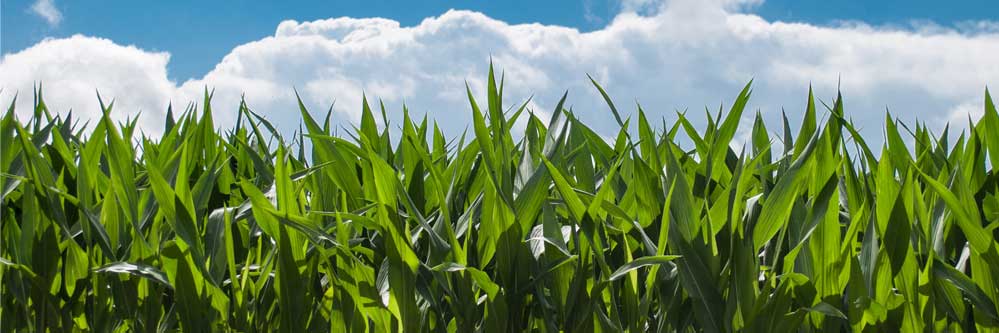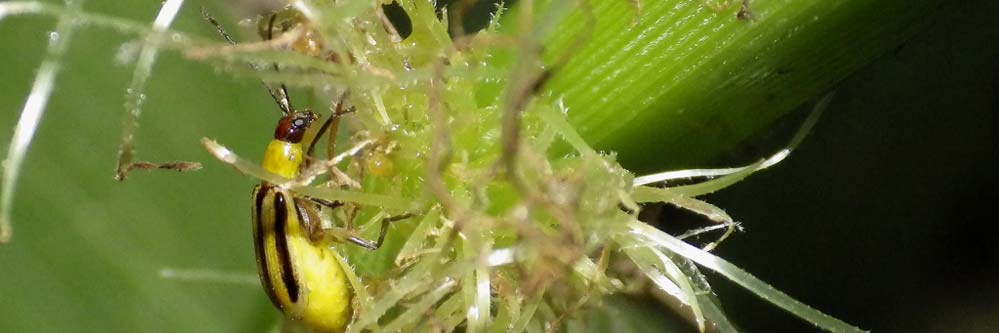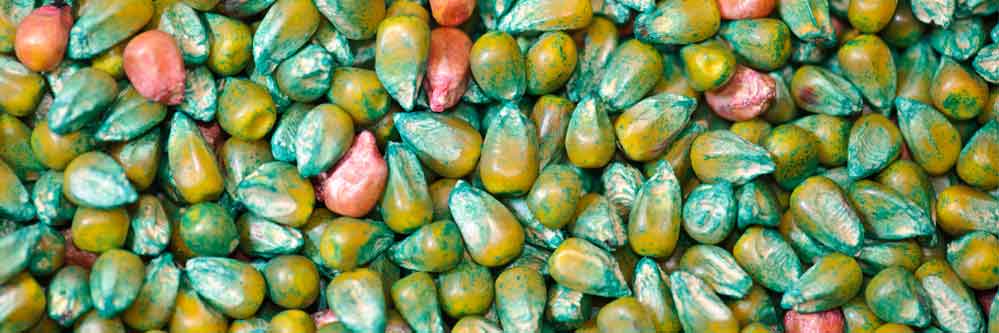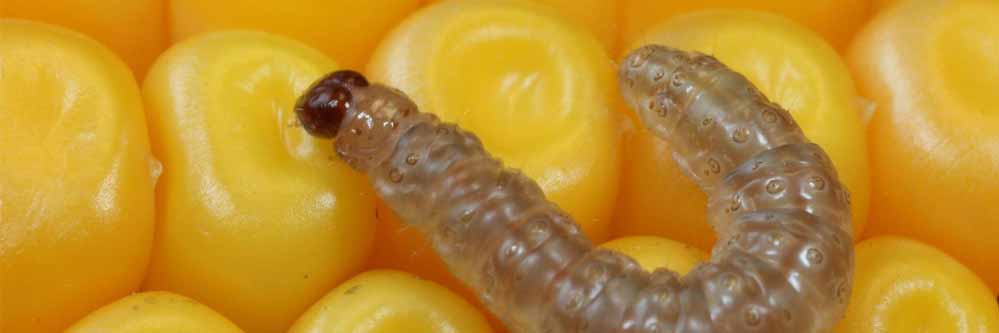Avoiding Arrested Ear Syndrome
Arrested ear development can occur if certain adjuvants are applied to corn during the vulnerable V12-14 growth stages. Arrested Ear Development or Syndrome is a physiological condition caused when certain stresses are present in corn during specific growth stages. While these conditions are not always predictable, there is one controllable management practice to [...]





